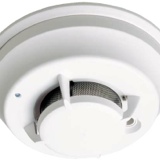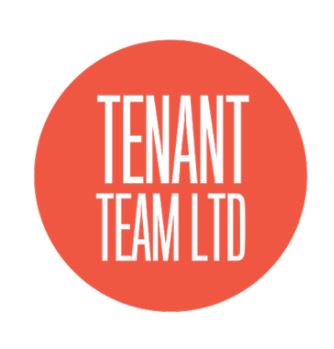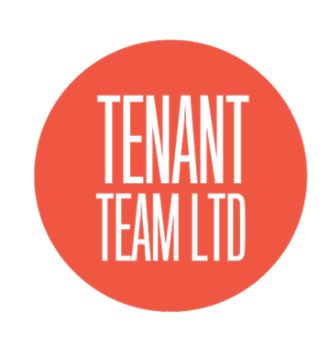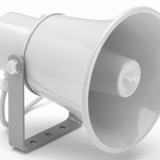Information
-
Document No.
-
Audit Title
-
Client / Site
-
Conducted on
-
Prepared by
-
Location
-
Personnel
-
This template was created by Fire Safety Australia, please visit www.firesafetyaustralia.com.au
http://www.firesafetyaustralia.com.au
System Information
-
Insert System Specs & Testing Advise
Monthly Inspection / Test Schedule
-
CIE: Inspect FIP, SFIP, repeater and MIMIC to ensure clearly visible & reliable accessible. Clean and correctly labelled
-
Fire Alarm: Simulate an alarm. Confirm all visual and audible indications, output controls and monitoring equipment activate
-
Fault: Simulate fault condition, ensure fault condition is processed by the monitoring company if monitored
-
Isolate: initiate and isolate / disabled condition
-
Reset: Test the operation of the reset function
-
Visual Indicators: Test the operation of all filament type visual indicators
-
Aural Indicators: Test the operation of the aural indicator
-
External Alarm Indication: Test the operation of the local external alarm indicator
-
Controls: Ensure all controls are returned to their normal position
-
CIE Controls & Indicators: Test the operation of SIP, Repeater and MIMIC panel controls and indicators
Six Monthly Inspection / Test Schedule
-
External Alarm Indication (Bell or Strobe): Inspect to ensure it clearly indicates the designated building entry point
-
Battery Enclosure: Inspect for evidence of corrosion
-
CIE Alarm Simulation: Simulate an alarm & confirm the alarm initiates the warning system
-
Panel Switches & Key Pads: Test operation of all required controls
Yearly Inspection / Test Schedule
-
Actuating Devices: Inspect all devices and remote indicators for any corrosion that is likely to adversely affect their operation
-
Alarm Sounders: Where bells are used inspect to ensure that they are marked in accordance with AS1603.6
-
Visual Warning Devices: Inspect all devices for any condition or that is likely to adversely affect their operation
-
Other Warning Devices: Inspect all devices to ensure that they are in place
-
Block Plan: Inspect block plan and zone drawings to ensure that they are legible and correct
-
Monitoring Connection: Inspect records of monitoring reliability (in %)
-
Visual Indicators: Test the operation of the CIE LED and alphanumeric indicators
-
Warning System: Test the operation of the warning system
-
Battery: Test the battery capacity if it has not been replaced within two years - Provide System Alarm Current & Final Voltage
-
Ancillary Controls: Test the operation to ensure each controlled device can be correctly initiated
-
Actuating Devices: Collective System - Remove the last detector on each zone and confirm CIE registers a fault
-
Smoke Alarm (Where Connected): Disconnect the last detector from each alarm zone to confirm CIE registers a fault
-
Addressable Circuits: Remove one addressable device on each addressable zone and confirm CIE registers a fault
-
Point Type Heat Detectors: Test the operation of 20% of point type heat detectors utilising a heat source
-
Linear Heat Detectors: Test the operation using a heat source
-
Point Type Smoke Detectors: Test the operation of 50% of point type smoke detectors using smoke or suitable aerosols
-
Linear Smoke Detectors: Test the operation using neutral density light filters of the appropriate obscuration
-
Aspirating Smoke Detectors: Test 50% of sampling points using smoke or suitable aerosols
-
Flame Detectors: Test the operations of 50% of flame detectors using flame or simulated flame
-
CO Detectors: Test the operation of 50% of CO detectors using CO or suitable gas
-
Manual Call Points: Test the operation of all manual call points. Ensure at least one replacement frangible element is available
-
Functional Test: Test that the warning system tones are audible in all areas of the building
-
Interface and Control Test: Conduct a functional test with other interface systems. Verify with building interface schematic
-
Battery: Replace if older than two years old unless it satisfactorily passes a battery capacity test
Five Yearly Inspection / Test Schedule
-
Power Supply Supervision: If monitored reduce voltage to trigger a power supply fault
-
Occupant Warning System: Undertake sound pressure level tests - Ensure meets standard of original installation
-
Smoke Flame & CO Detectors: Check sensitivity of all detectors to ensure they are within required sensitivity range
-
Monitoring Connection: Test that the loss of each of each of the monitoring links is indicated at the monitoring site
Sign Off
-
Site Contact Name & Signature:
-
Technician Name & Signature:













